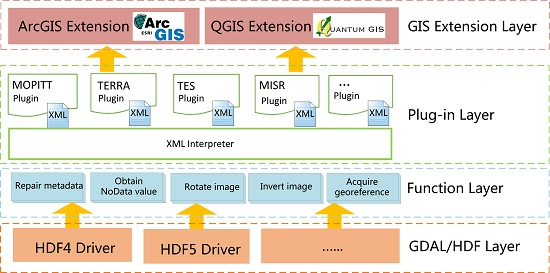
To configure several common IDEs, see Using IDEs or the documentation for the particular IDE.
#ARCGIS 10.3 BOOK PRO#
The primary step involves directing the IDE to use the correct Python.exe file in the ArcGIS Pro installation. Most modern Python integrated development environments (IDE) can be used seamlessly with conda by configuring the version of Python that the IDE uses. Python session with the current conda environment. Python script, type python followed by the path of a. Start an interactive Python session, type python. Prompt window initialized with the current conda environment. To start Python from a command prompt, type the following:
#ARCGIS 10.3 BOOK HOW TO#
The subsections below describe how to run Python scripts from outside the application with the correct ArcGIS Pro Python 3 conda environment activated. py extension) can be run outside of ArcGIS Pro. ArcGIS Notebooks are based on the Jupyter Notebook architecture and offer an experience in which code, visualizations, and narrative text can be executed and stored together in one document.
#ARCGIS 10.3 BOOK CODE#
The Python window provides a prompt from which short snippets of Python code can be executed. Python can be run interactively in ArcGIS Pro using the Python window or ArcGIS Notebooks. Learn more about conda in ArcGIS Pro Run Python This simplifies the process of successfully sharingĬomplex Python tools across multiple computers. Installing open-source and third-party libraries that areĪssociated with an individual project, rather than the base The Python Package Manager removes many of the hurdles faced when writing Python code. The functionality of conda is integrated into ArcGIS Pro through the Python Package Manager. Popular and widely used Python package manager. Methods to create projects in multiple versions of PythonĪnd simplify the process of installing nearly all publiclyĪvailable Python packages. To leverage this versatility, the Python community has created Installed on a system can be a complex and time-consuming task,Įspecially when working on multiple projects or trying to share Python has a rich ecosystem of preexisting packages thatĬan be leveraged in ArcGIS but managing which packages are It is partially due to these virtues that Python isĪlso becoming one of the most widely used programming languages in Python is the primary language for automation in both ArcGISġ0.x and ArcGIS Pro, due in large part to its versatility andĮxtensibility. Python for Programmers provides tutorials for those with experience in other programming languages.The external tutorials listed here are for those who have experience with other programming languages (Perl, Visual Basic, C): The Python Language Reference describes the syntax and semantics of Python.Python for Non-Programmers provides tutorials for those with limited programming experience.The Python Tutorial is part of Python's own documentation.If you are new to Python, the external tutorials listed here are recommended:

There is a large online Python community with many online resources that are accessible from the Python home page.
#ARCGIS 10.3 BOOK FULL#
The Python website has full documentation for Python, but it is concise and developer oriented. There are many other books on Python and its uses, with new ones being released regularly, so explore what is available. Chun, published by Prentice Hall, are both good introductions to the language and are not overwhelming in scope. For Python beginners, Learning Python by Mark Lutz and David Ascher, published by O’Reilly & Associates, and Core Python Programming by Wesley J.


In addition to the ArcGIS Pro Python help, the following Esri Press books by Paul A. The primary differences are thatĪrcGIS Pro uses Python 3 and other ArcGIS products use Python 2, andĪrcPy has some differences in the tools it includes for example, theĪrcpy.mapping module is replaced by the arcpy.mp module. If you are migrating Python code written to a version of ArcGIS Desktop (or ArcGIS Server or ArcGIS Engine), see Python


 0 kommentar(er)
0 kommentar(er)
